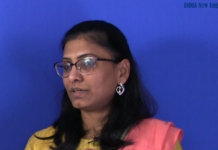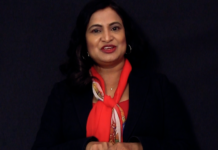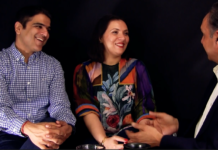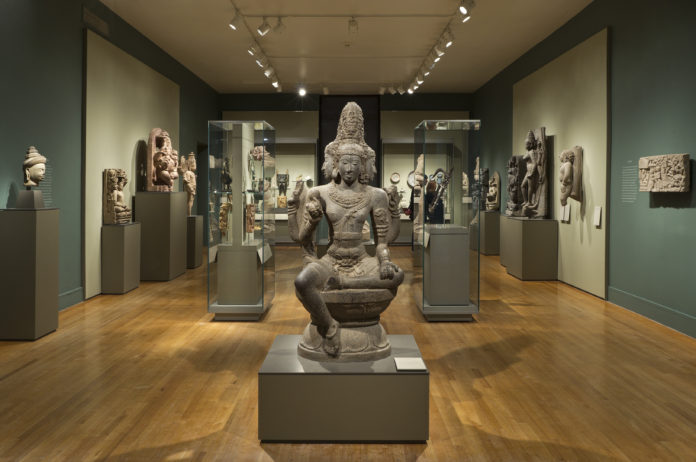
BOSTON—The South Asian collection at the Museum of Fine Arts in Boston comprises comprising some 5,000 objects from India, Bangladesh, Pakistan, Nepal, and Sri Lanka. It is the third largest in the Museum’s Department of the Art of Asia, after Japanese and Chinese, according to information provided by MFA to INDIA New England News.
The first Indian objects arrived at the Museum around 1900, but focused collecting in the area did not begin until about 1910, when Denman Waldo Ross, a Harvard professor of design and long-time supporter of the Museum, began to give objects to the MFA from his eclectic collection.
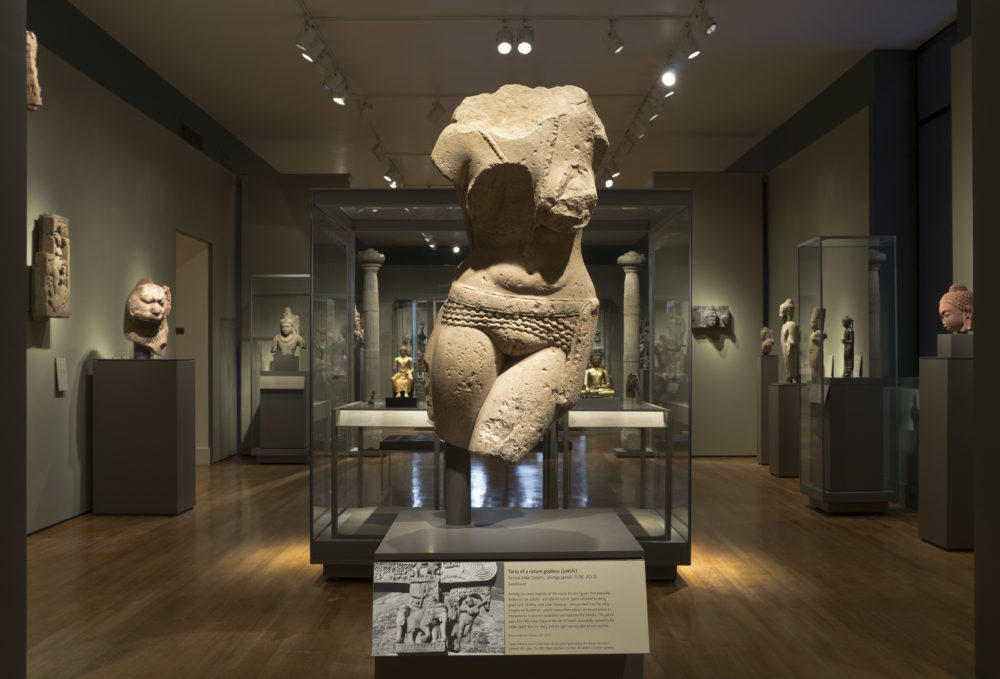
*Photograph © Museum of Fine Arts, Boston
Many of the Museum’s finest Indian sculptures, including the Yakshi figure from Sanchi, were originally in Ross’ collection. In 1914, Ross facilitated the MFA’s purchase of the private collection of Victor Goloubew, a Russian-born Orientalist living in Paris, who in his youth compiled one of the world’s greatest collections of Mughal and Persian manuscript pages.
Ross continued his generosity with the 1917 purchase of the private collection of Ananda Kentish Coomaraswamy. Ross immediately donated the collection — which consisted primarily of Rajput paintings, including a number of celebrated masterpieces — to the MFA, and arranged for Coomaraswamy to become the Museum’s first Curator for Indian Art in 1917.
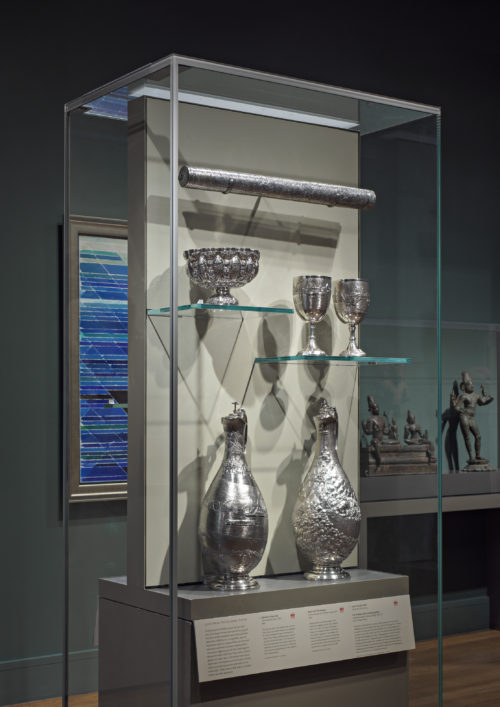
*Photograph © Museum of Fine Arts, Boston
Since these early years the MFA has continued to acquire important works of Indian painting and sculpture.
In the 1960s, collector John Goelet donated many Indian paintings, ranging from a page from the earliest known illustrated Bhagavata Purana to a famous study of the personal harem of the Mughal emperor. Additions to the sculpture collection include a North Indian sandstone sculpture of Ganesh with his wives and an exquisite Pala period sculpture of Avalokitesvara, which will be on view in the new South and Southeast Asian Sculpture Gallery.
In addition to South Asia MFA also has approximately 700 stone and bronze sculptures, ceramics, metalwork and jewelry from Indonesia, Thailand, Cambodia, Burma, and Vietnam, enabling the Museum to show the full range of the diverse cultures of Southeast Asia.
As with the Indian collection, many important works came to the museum through Denman Waldo Ross. Later in the 20th century the collections growth was fueled by scholar Jan Fontein, who served as curator and then as the Director of the MFA.
The Classical Javanese stone sculptures from the 9th through the 15th centuries are among the finest in the West. Of particular note is a monumental statue of Bhairava or Mahakala from Eastern Java acquired for the Museum in the 1970s. This powerfully forbidding sculpture is one of the most important Javanese works in America today. Other sculptural masterpieces in the collection include a recently acquired 10th-century sculpture from Cambodia of a standing goddess, and an architectural fragment from an 11th-century Cambodian temple, with two celestial figures posing playfully on its sides.
Among the extensive collection of decorative arts is an 11th-century ceremonial dagger from Cambodia or Thailand, the only known dated and inscribed dagger from this period. The Museum’s Vietnamese ceramic collection of some 250 objects is another highlight; it is among the most comprehensive such collections and continues to expand.
Map of South Asia (in purple) and Southeast Asia (in orange)
In the last few years the museum has focused on the 19th century, acquiring works of art from colonial-era India including spectacular works of silver from Kutch and Chennai, Company School paintings, as well as Bengal School paintings of the early 20th century.





